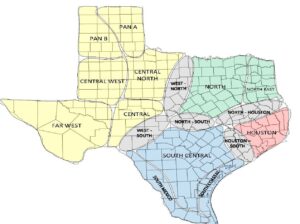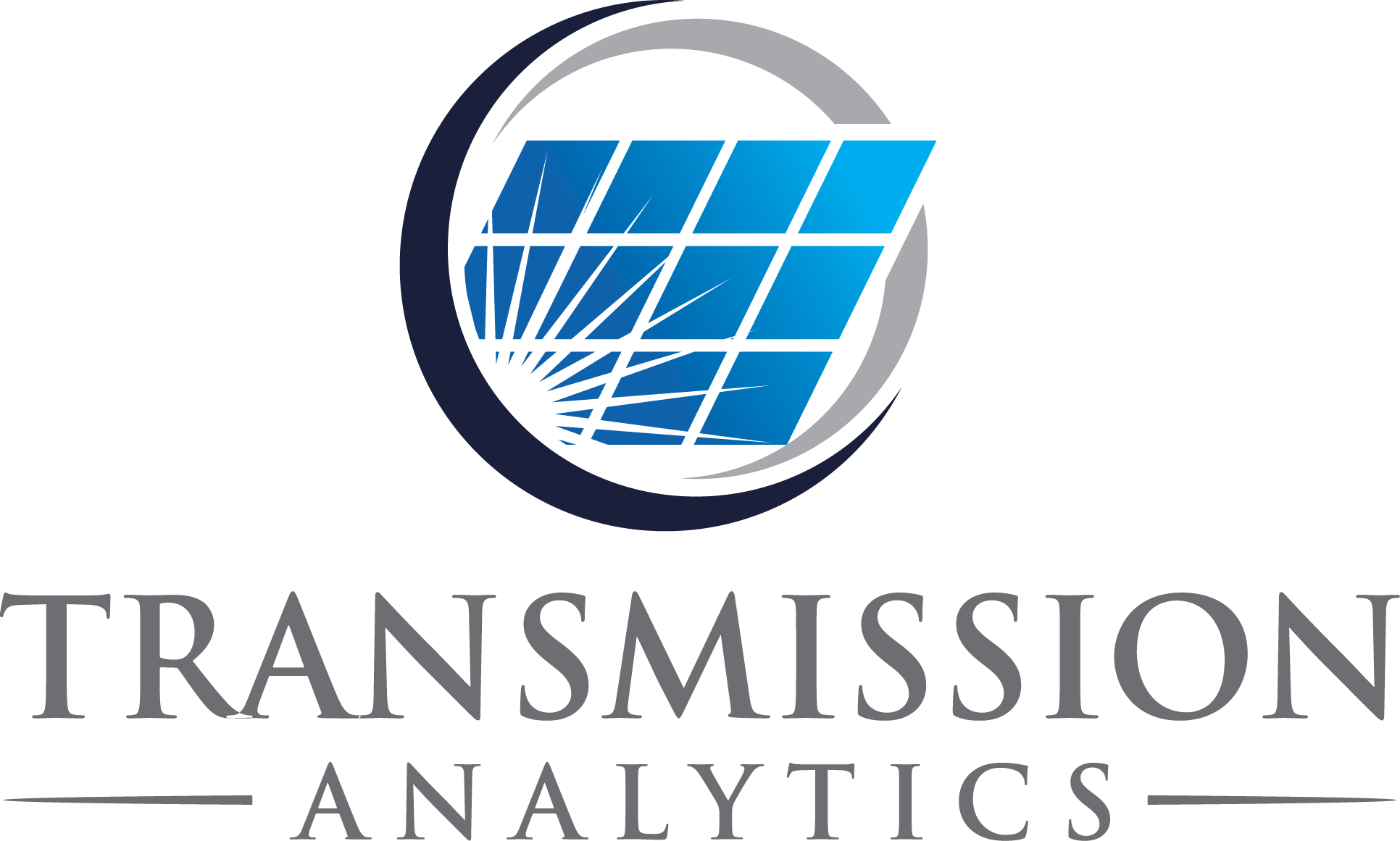Renewable Development in Texas
ERCOT is one of the most dynamic markets in the U.S.. Since the year 2000, the ERCOT Market has seen the development of over 23GW of wind capacity with over 10GW currently planned for development. In addition, solar development is currently experiencing exponential growth with over 2GW in commercial operation and over 10GW planned with executed interconnection agreements.
"For ERCOT wind/solar development projects, the primary driving factor impacting basis differentials, transmission congestion and curtailment is queued generation."
"Understanding the queue is key to understanding project development and investment risks."
-Sunil Nair Transmission Analytics
The maps below represent the ERCOT Generation Interconnection Queue.
Comparisons of timeline differences highlight the dynamic nature of the ERCOT Market.
 Transmission Congestion (Basis Differentials)
Transmission Congestion (Basis Differentials)
In the ERCOT Market, transmission congestion is the sole contributing factor causing differences in energy pricing across the transmission system. These differences are quantified by basis differentials between a generators point of interconnection and a corresponding trading hub or load zone. Understanding transmission congestion and its impacts is key to understanding basis differential risks/exposure and often impacts generator project revenues and overall economics.
Basis differentials and curtailment risks are heavily dependent on a generator's location on the transmission system relative to the active binding constraints. These binding constraints vary over time in both magnitude and frequency. Key factors such as changes in generation, transmission and demand impact the system binding constraints, transmission congestion and basis differentials.
Understanding how a generator's location is impacting current and future binding constraints involves a detailed understanding of the transmission system including transfer limitations, stability issues and operational impacts.
